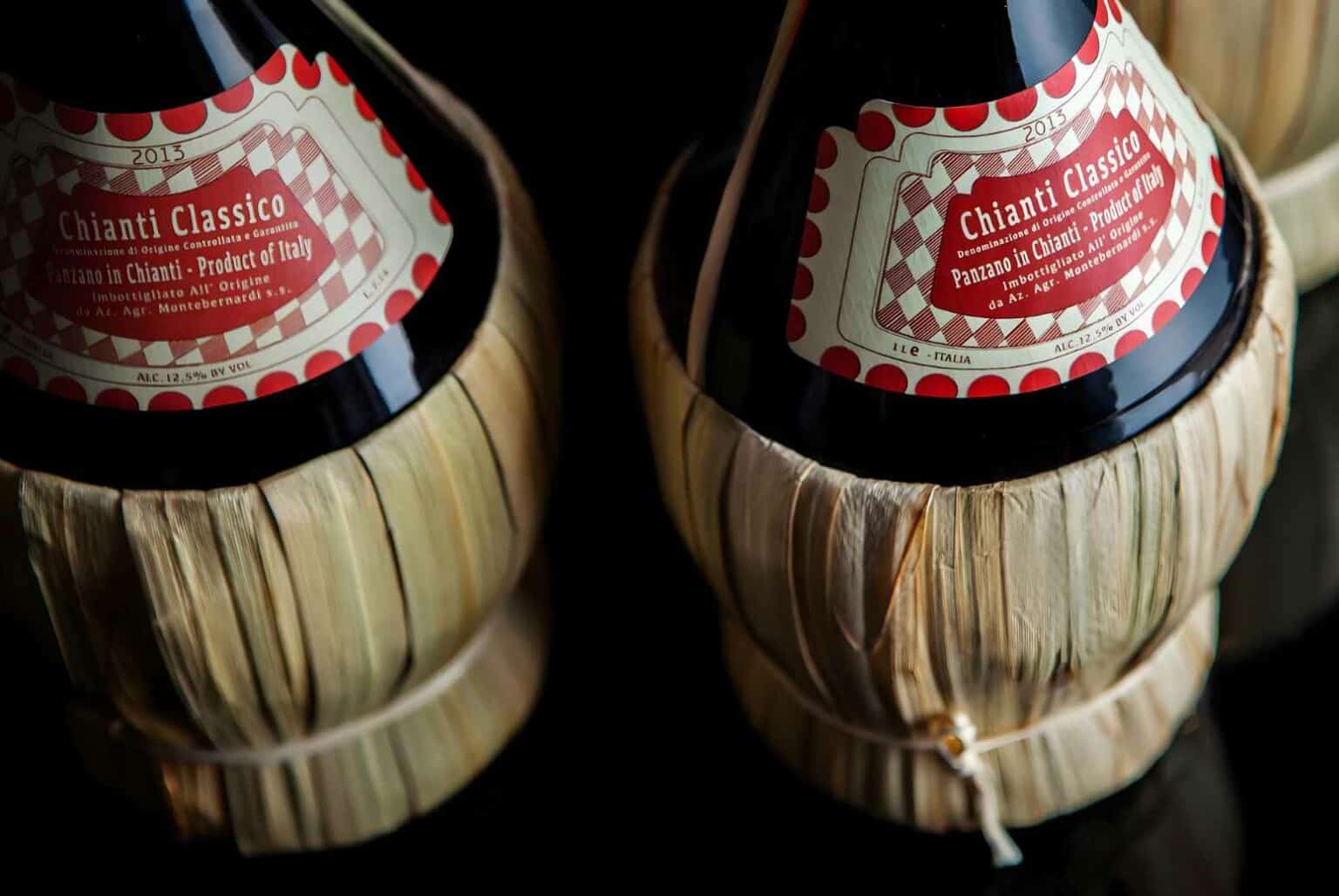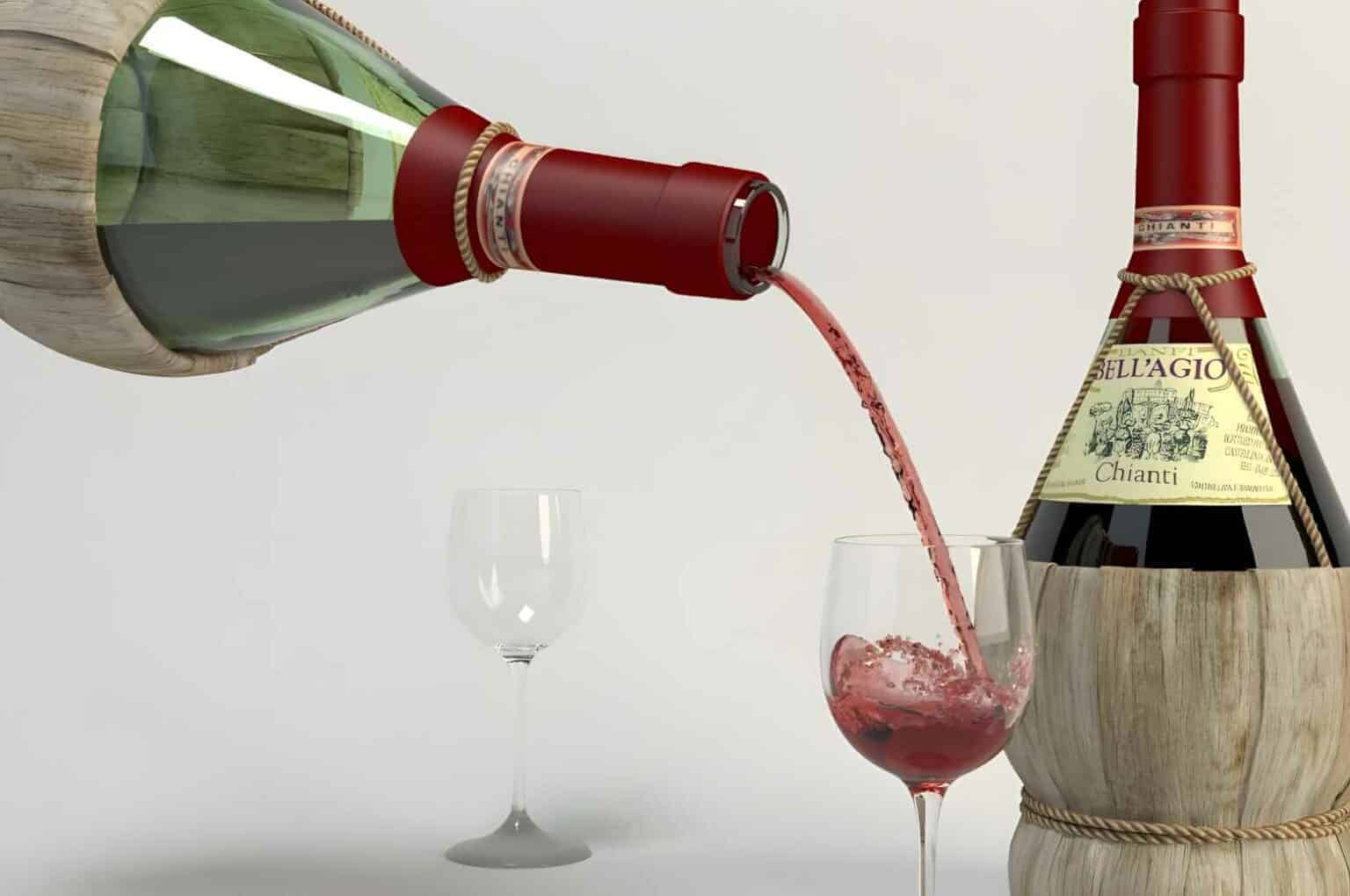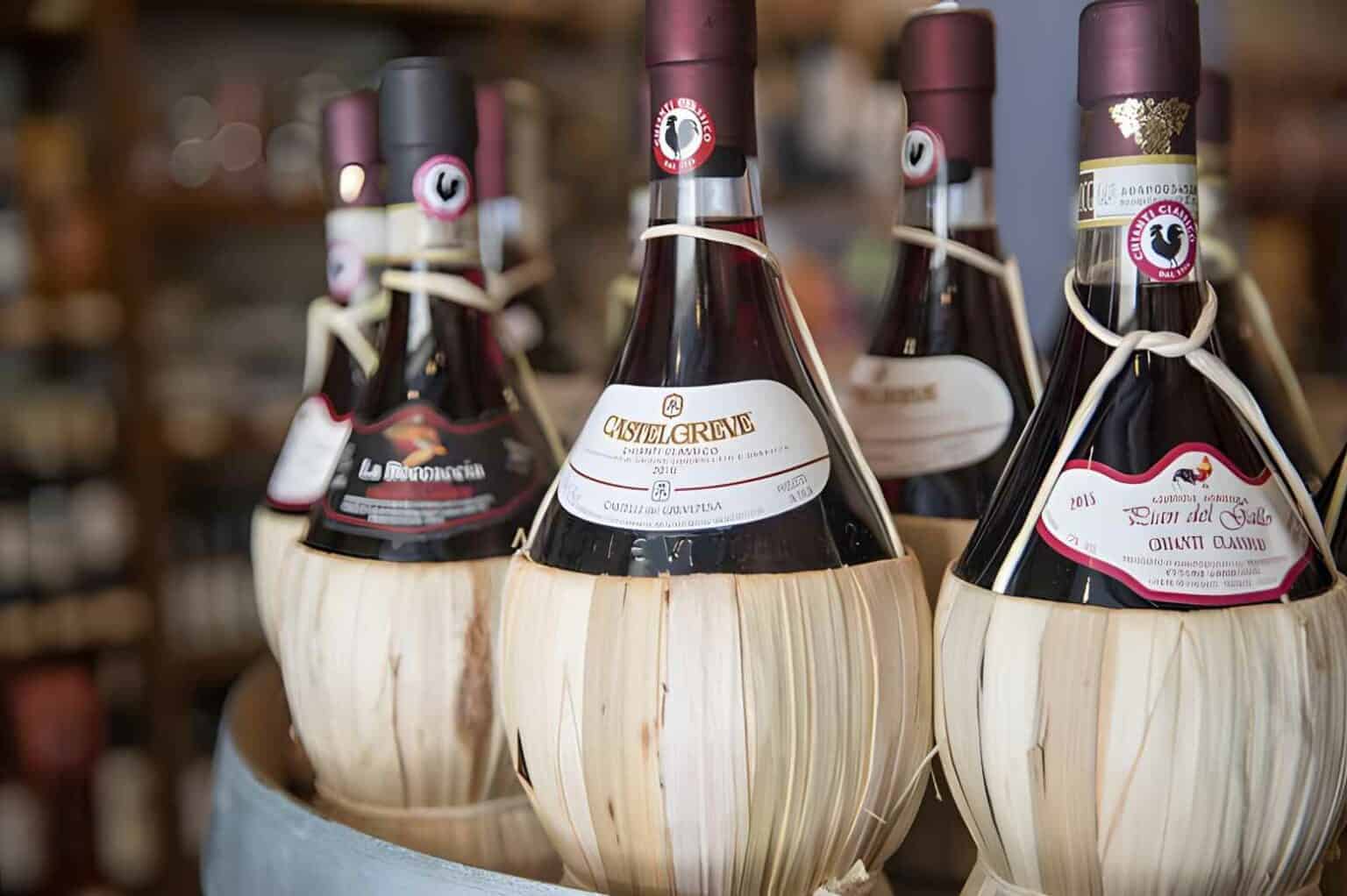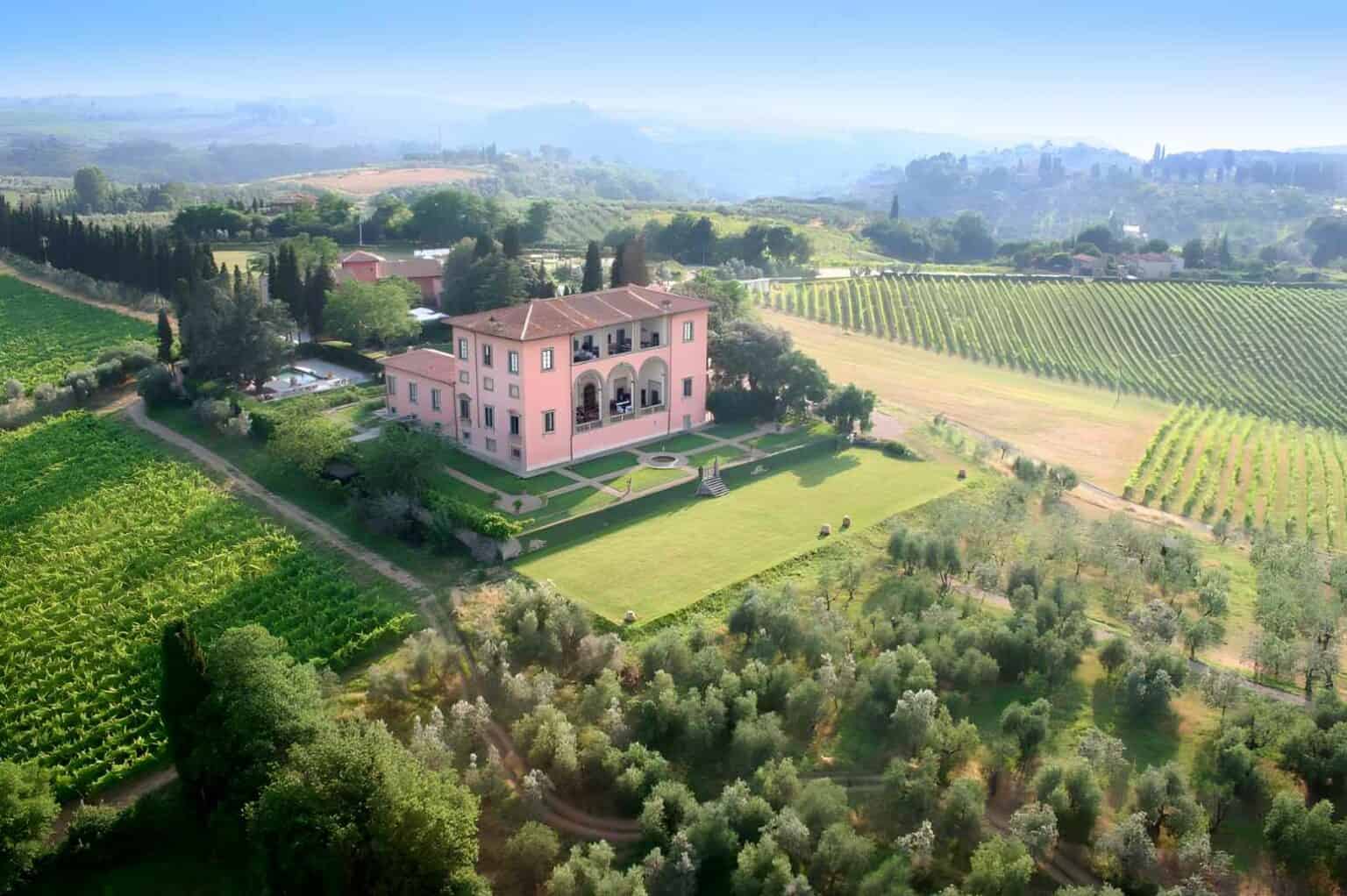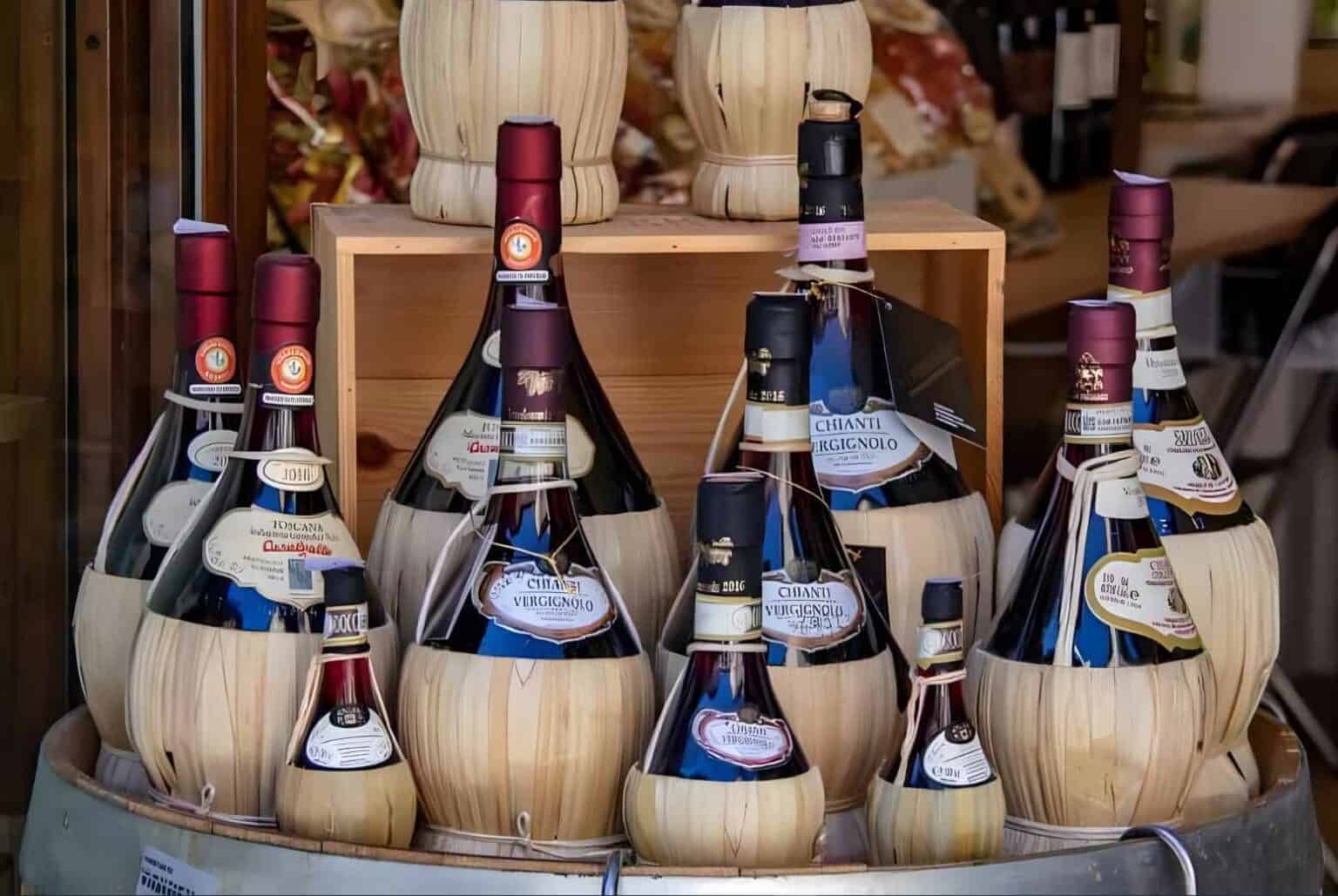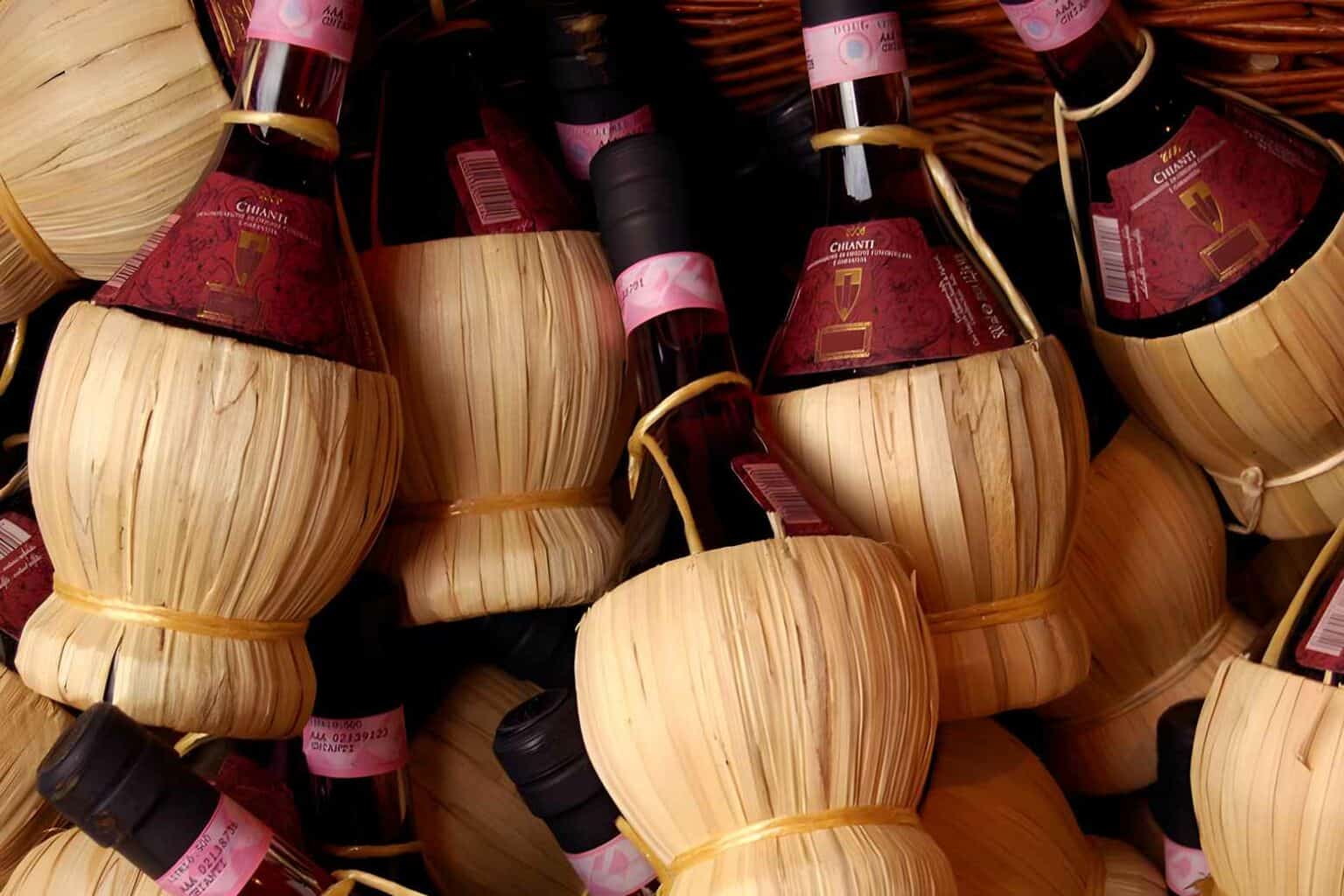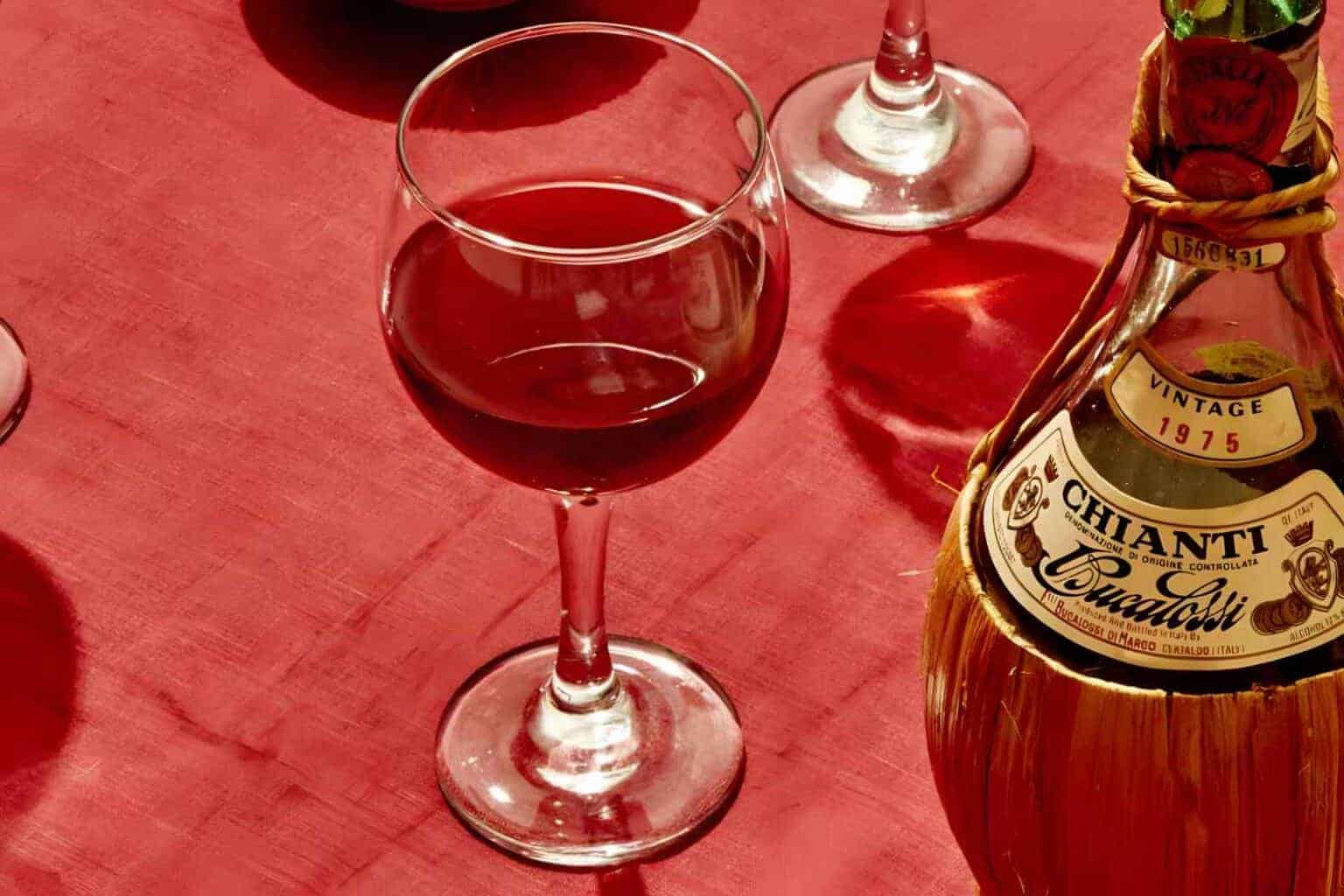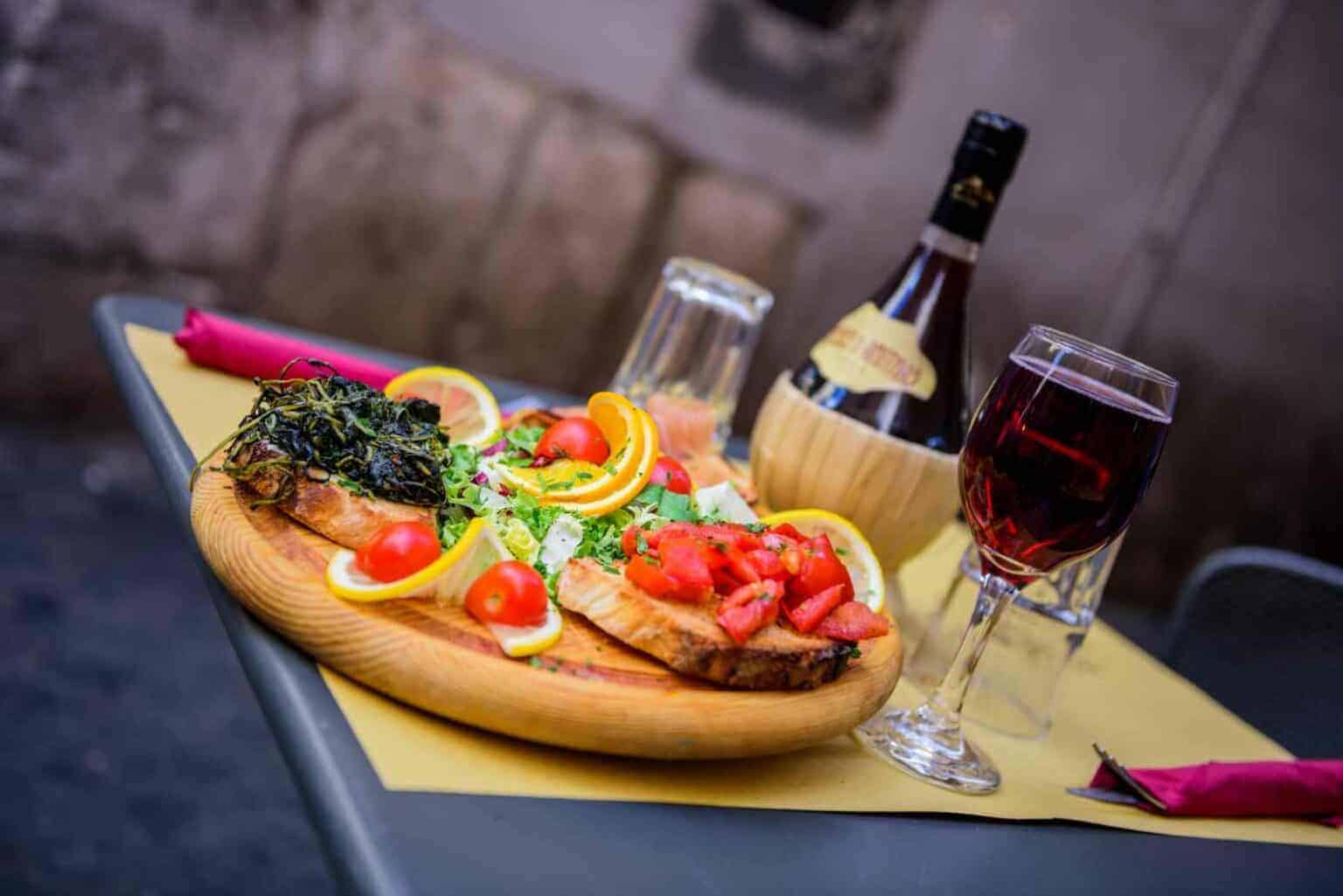A lovely meal looks sad without a glass of wine. Chianti wine complements a lovely dinner, much like how virgin olive oil is essential to Italian cuisine. However, Chianti wine struggled to receive the recognition it has today.
Why is Chianti wine the talk of the town? Let’s sip in more information about Chianti wine. Read more to know about its history, wine profile, and classification.
What is Chianti Wine?
If you have not tasted Chianti wine yet, it is a medium-body red wine, that is highly acidic with noticeable tartness. Pouring a Chianti wine over a glass displays its ruby red wine with earthy and cherry flavor. The distinguishable feature of Chianti wine is its high tannin content, which contributes to its dry flavor.
History of Chianti Wine
The historic wines that were discovered and produced before the 20th century were derived from the primary grapes. Meanwhile, Chianti is a derivation from its place of origin. Chianti is not only renowned for its wine; it’s also known for its olive oil and as the birthplace of the famous painter, Michelangelo.
Before, Chianti wine bottles were wrapped by a straw basket and called it fiasco. Fortunately, in recent years, Chianti wines are not overly diluted and overproduced, and it has been produced more carefully. Thus, the fiasco nickname of Chianti wines is ditched and has taken over the representation.
Grapes of Chianti Wine
The Sangiovese varietal is the grapes used primarily to make Chianti wine. Traditionally, Chianti wines were 100% Sangiovese, but some winemakers love to innovate and defy connoisseurs’ expectations. Some traditional local grape varieties are blended into the Chianti wine.
- Cabernet
- Merlot
- Syrah
- Trebbiano
Before, white grapes were used in Chianti Classico.
Wine Map of Tuscany
Chianti is a term that refers to the small region in Tuscany; and the wines produced around Tuscany. As Chianti is allowed to be produced in almost any place in Tuscany, it has developed 8 sub-zones:
- Chianti Classico
- Colli Aretini
- Chianti Colli Fiorentini
- Colli Pisane
- Colli Senesi
- Montalbano
- Chianti Montespertoli
- Chianti Rùfina
Among the list, Chianti Classico is the most faithful of its original historical boundaries. Thus, Chianti Classico and Chianti Rùfina are high-quality wines; because they are produced in smaller portions from their distinct historical small villages in Chianti.
The area of Classico has a warm climate and healthy clay-based soils, which help make the boldest Chianti wines.
Wine Profile of Chianti
When poured into a wine glass, Chianti wine displays a ruby red and burnt orange hue; wine colors are commonly associated with aged wines. Chianti wines have a strong, fruity flavor. Wine connoisseurs frequently compare them to:
- Cherry, red fruits
- Balsamic vinegar
- Smoke
- Dried herbs
Imagine walking into a wine tasting room. The room will smell like there are preserved sour cherries or a handful of dried oregano. The classic characteristic of a Chianti wine is the Sangiovese grapes. You will experience mild coarseness and tartness on your palate.
Chianti Wine Classifications
When buying Chianti wine, most people are confused and surprised to find out that Chianti has several classifications. Yes, each Chianti wine has its distinguishable characteristic and different requirements for origin region, grape variety, and ageing.
Here are the most common Chianti wine classifications you will see on the supermarket shelves:
- Standard Chianti. At least 70% Sangiovese grapes. It has an overall earthy, rustic taste. You can age the wine for 3 months or more.
- Chianti Classico. At least 80% Sangiovese grapes. Aged for approximately 10 months.
- Chianti Riserva. Required to undergo at least 27 months of ageing before being released to the market. Riserva has a softened tannin and is the top wine of a Chianti wine producer.
- Gran Selezione. Aged for at least 38 months, this is beyond the regular months for Chianti wine. It has a slightly bolder wine with a smooth acidity level. It is the top wine from Chianti Classico.
These Chianti wines are under the top Italian wine classification Denominazione di Origine Controllata e Garantita (DOCG) wines. You will notice an approval seal on the wine bottle to signify that the quality and production methods are applied strictly.
Chianti wines that cost only 7 USD to 11 USD are a red flag. There is a high probability that these brands got the wine from bulk production. The pricing suggests that these types of wine do not have the classic taste of an excellent Chianti Wine.
Chianti Classico versus Gran Selezione
Chianti Classico is the most sought Chianti wine variety. It is a refined variant of the standard Chianti wine. Chianti Classico is produced from the finest Sangiovese that is cultivated in the best estates of Chianti, Tuscany.
Chianti Classico stands out from the other Chianti sub-regions. It must contain at least 80% Sangiovese, with the remaining 20% potentially comprising other grapes, such as Merlot or Cabernet. The blending of Chianti Classico is exquisite. Other Chianti variants have 30% other grapes in their blend, which overrides the Sangiovese grapes.
Meanwhile, Gran Selezione is the newest and highest classification under the Chianti Classico DOCG. As mentioned earlier, it requires ageing for at least 38 months. It has to be made from estate-cultivated grapes and undergoes a tasting panel’s approval before the final product is released to the public.
How to Choose the Best Chianti of Your Choice
Horizontal wine tasting is the best method you can do to know which Chianti wine is your preferred choice. When you host a horizontal wine tasting, you can choose 3 to 5 Chiantis from several wineries to help you appreciate the wine.
Here are the defining characteristics that can help you select the perfect Chianti wine for your taste.
- You have to check its classification. Chianti is classified DOCG. It certifies that the wine quality passed its quality assurance review.
- Cabernet, Merlot, Sangiovese and Syrah grapes may be found in the Chianti Classic wines. This blending results in spice, red fruits, bitter herbs, and balsamic vinegar.
- You can tell by the color of the wines by how long they have been stored for ageing. Young aged Chiantis are purple-red, tarty, and light. Meanwhile, the matured Chianti wines display burgundy red.
You are probably thrilled to taste Chianti wines now.
Chiantis to Try
You can try some Chianti wines suggested by the experts. There are several labels in the wine industry, but these brands may offer the best Chianti for you.
- Rocca delle Macìe Chianti Classico Riserva
- Tenuta Santa Alfonso
- Chianti Istine Classico
- Riserva di Fizzano
- Selvapiana Chianti Rufina
- Frescobaldi Nipozzano Chianti Rufina
- Castello dei Rampolla Chianti Classico
Now that you have a Chianti wine. Let’s start with some of the best food pairings.
Best Food Pairing for Chianti Wine
The coarse tannin and high acidity in Chianti wine make it an excellent pair with food and is often best paired with Italian dishes. These are the famous food pairings of Chianti wine, whether you are dining in or outside Italy:
- Tomato-based pasta. Chianti wine and pasta are an absolute classic food pair. The acidic finish of the wine overrides the taste of the tomato sauce.
- Italian pizzas are the perfect match for Chianti wines. The light and rustic flavor of the pizza highly complements the wine.
- Porterhouse steak and rich meats. Chianti’s high tannin content complements the meat’s rich flavor.
These Chianti wine and food pairings perfectly complement each other. Serve these dishes at your lovely dinner or the wine tasting event you host. But planning the best pairs for Chianti wine also includes knowing which foods are best to avoid.
Food Pairing to Avoid with Chianti Wine
Although Chianti has a versatile flavor and an excellent to pair with most foods, it is not ideal for lightly flavored dishes.
- If you are having seafood, Chianti wine is not a good pair. Seafood brings out a metallic taste, tannin, and sour taste from the Chianti wine. It becomes a disaster.
- Blue Cheese. It is a surprise for some, knowing cheese and wine are a good pairing, but there is still an exception. Blue cheese has an intense aromatic scent that overpowers Chianti wine.
- Brussel Sprouts. The earthy taste of the Brussels sprouts and how it mimics the wine components make it a bad pairing for Chianti wine.
- Do not place chocolate bits on the charcuterie board. The chocolate overpowers the fruity taste and tannin of the wine, making it taste bitter.
If you are hosting a wine tasting event, or simply having a nice meal with your loved ones, refrain from bringing these foods to the table.
Final Thoughts
Chianti wine went through a lot of struggles to become one of the best Italian wines. Wine production started in Tuscany in the 13th Century; people overlooked it and called it a fiasco.
But now, Chianti wines are frequently chosen to complement a wide range of Italian dishes. So if you see this wine on the menu, do not hesitate to try a glass!

George Moore, co-founder of Wine Flavor Guru, is a charismatic entrepreneur with a rich background in California’s wine industry. Alongside Sylvia, he transformed a Sonoma County vineyard into a source of premium wines. George’s expertise in sourcing exceptional grapes and his approachable style make wine appreciation both accessible and engaging.
